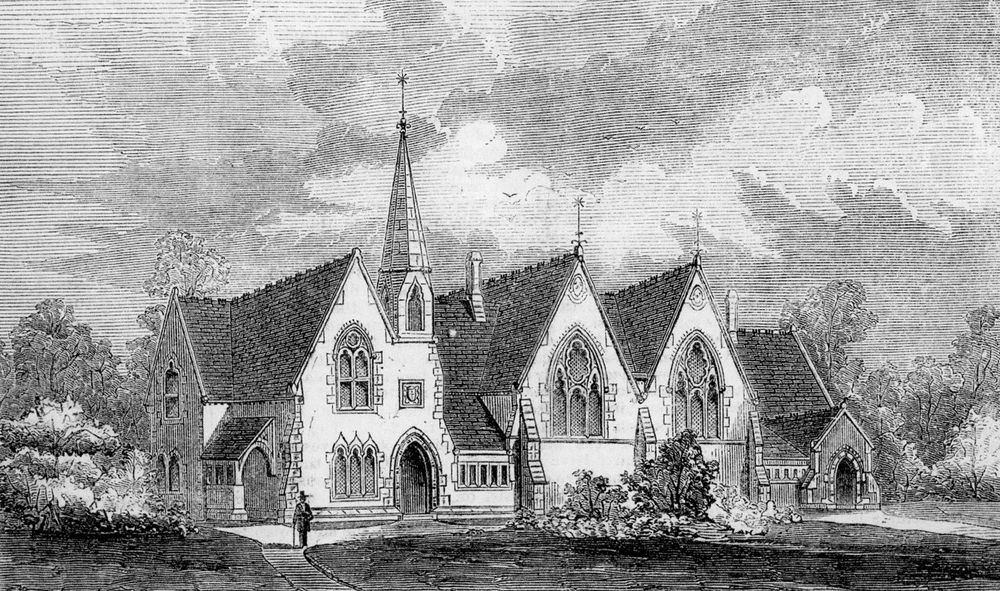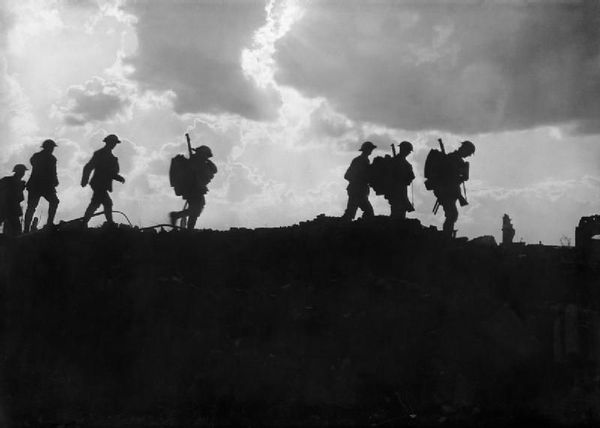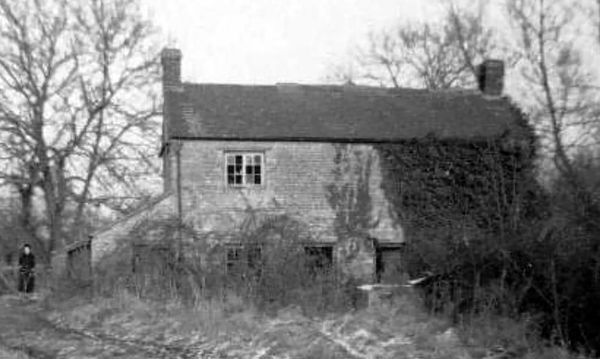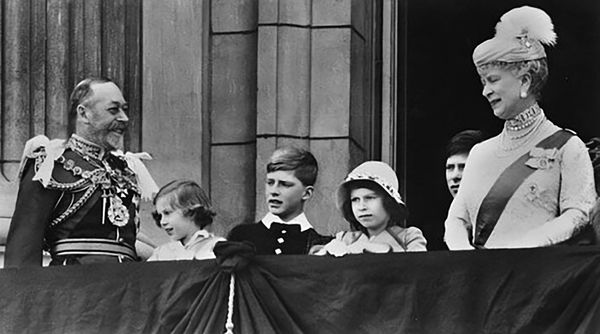Bicester in the 1870s
In the 1950s Bicester History Circle recorded the recollections of a Bicester resident, Mr Fred Hudson, about his childhood in the town in the 1870s. They presented the information at their meeting on 8th March 1957 and some of it makes for some very interesting reading:
In an ordinary working day the first sign of life would show itself at about 2am as the various journeymen bakers go to their respective places of work to “set sponge” as it was called, in readiness for the baking of the people’s bread for the day.
At 6am the streets are alive with hundreds of pattering feet going to the scene of their labours.
A good sprinkling of them carrying on their arms an empty tin can. This tells you at a glance that these men were employed at the local brewery and the cans were used to carry home their supper beer, allowed them by their employers.
A siren sounded at 6am to call the first workers. It sounded again at 8, 9, 11, 1, 2, and 4. Locally called “The Hooter”.
Shortly before 8 o’clock began what may be called the normal work of the day. Errand boys hurrying along to their place of work; shop assistants following in their wake; all intent on getting the business premises open by the time of the 8am hooter.
Punctually at 8 o’clock window shutters came clattering down and the shops of the town were open for business, not to close again until 8pm. No closing for meal times and no early closing day.
Later the streets of the town were filled with children going to school - the girls with skipping ropes or hoops; the boys with hoops, peg tops or marbles. This was before the advent of motor traffic and so safe was the middle of the road that the footpaths were left for the use of the adult population while the children almost monopolised the centre of the road.
Sunday was a day apart. Work was not only put aside but was entirely forgotten. Even the Sunday dinner was cooked away from home. The various bakers of the town kept their ovens going and did quite a business in baking dinners taken to them by their weekday customers. One penny was the charge for each dish of food taken.
Places of worship were well attended, both mornings and evenings, and the Sunday schools were filled with children in their “Sunday best”. In the spring and summer the whole town seemed to turn out for a walk after evening service. Graven Hill Wood was the usual objective for those in the south of the town.
May Day brought a troupe of Morris dancers and a “Jack in the Green”. The newly born August Bank Holiday was a real holiday for all. Great crowds attended a local fete, at which the chief objective was to climb the greasy pole and take down the leg of mutton at the top.
That same week came other important events, namely: the Bicester Feast, King’s End Sheep Fair, and the Statutory Pleasure Fairs where both the Market Square and Market Hill were crowded with stalls, shows, and other amusements.
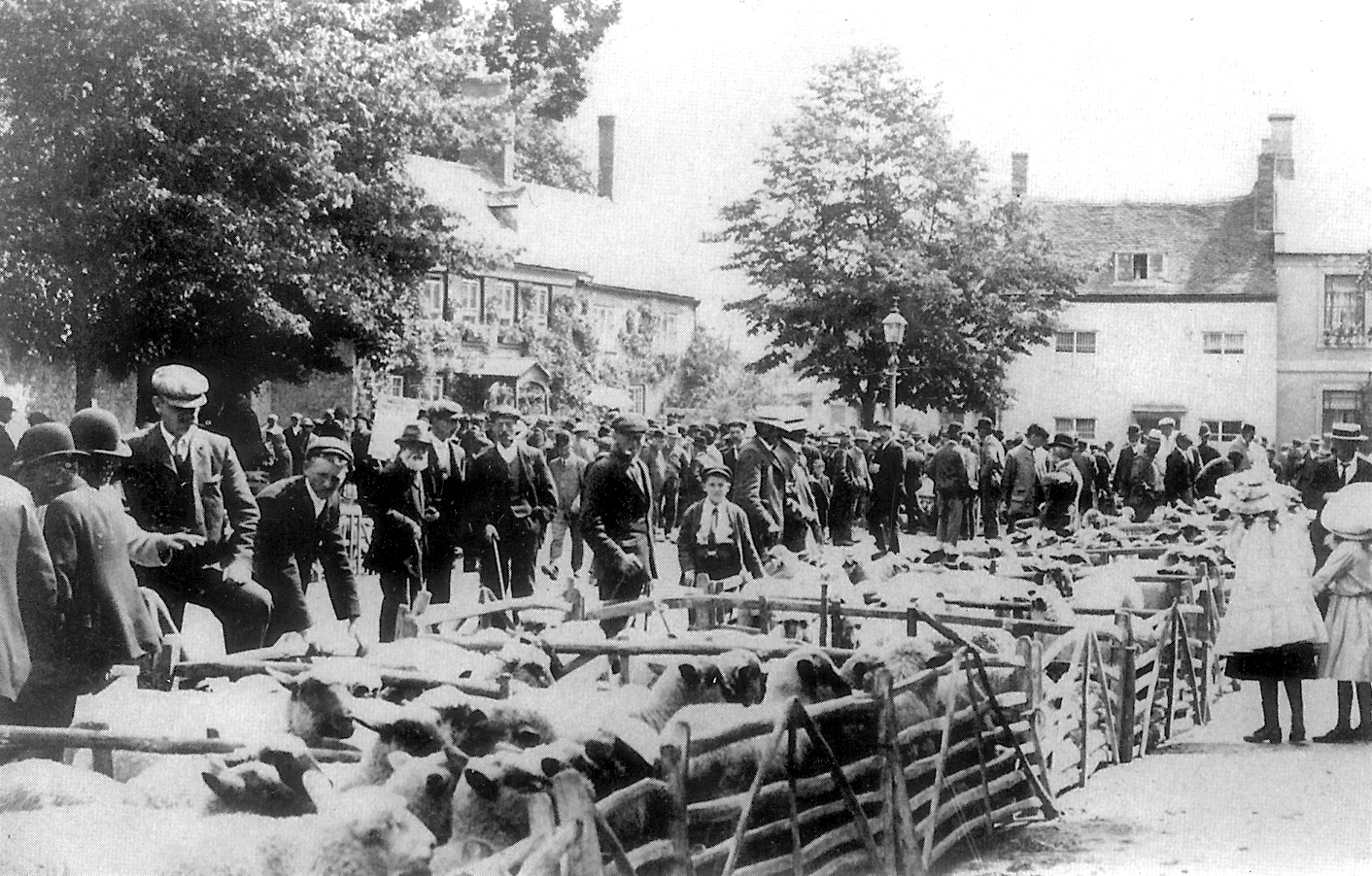
Boxing Day was an outdoor day if the weather was at all kind. The Bicester hounds always met at the Windmill (now pulled down) near the crossroads on Middleton Road. All the world and his wife were at the meet long before the time advertised.
The children were by no means forgotten on Boxing Day. The spacious courtyard at the rear of the red house on Market Square was crowded to capacity with children, three or four hundred of them. Then a huge basket was brought along from the bank piled up with bright new pennies, and every child was presented with one. These were the gift of the local banker, Mr Henry Tubb, and he had a Christmas blessing from every recipient.
